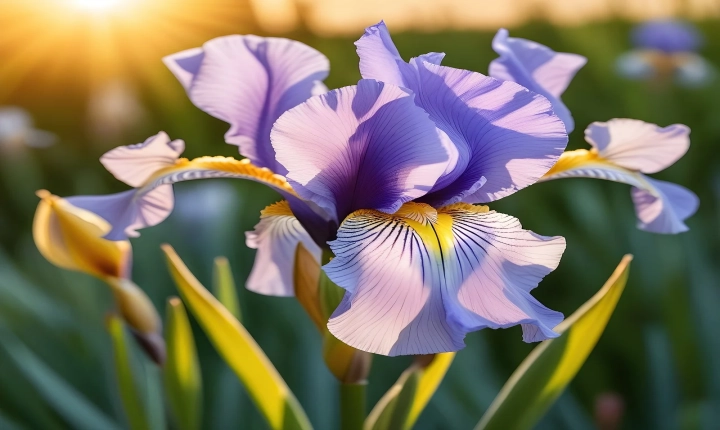Creating an AI Art Generator: An Innovative Approach to Generative Art
Artificial intelligence (AI) has been making significant strides in various fields, and the world of art is no exception. One particularly intriguing application of AI in the art world is the development of AI art generators, which produce visually stunning and thought-provoking artworks using advanced algorithms and machine learning techniques. In this article, we will explore the process of creating an AI art generator and the key steps involved in this innovative endeavor.
Step 1: Data Collection and Preparation
The first step in creating an AI art generator is to collect and prepare a large dataset of diverse and high-quality artworks. This dataset serves as the training data for the AI model, allowing it to learn and understand various artistic styles, compositions, and color palettes. The dataset can include paintings, drawings, photographs, and other visual art forms from different time periods and cultures. Additionally, the data must be properly labeled and organized to facilitate the training process.
Step 2: Choose an AI Framework
Next, it is crucial to select an appropriate AI framework for developing the art generator. Popular frameworks such as TensorFlow, PyTorch, and Keras are commonly used for building deep learning models, including those for generative art. Each framework offers its own set of tools and libraries for creating and training AI models, and the choice depends on the specific requirements of the project and the expertise of the developers.
Step 3: Model Architecture Design
Developing an effective AI art generator requires designing a suitable model architecture that can learn and generate new artworks. Generative Adversarial Networks (GANs) are commonly used in this context, as they consist of two neural networks – a generator and a discriminator – that work together to produce realistic and original art pieces. The generator network creates new images, while the discriminator network evaluates their authenticity. Through an adversarial training process, the generator learns to produce compelling art while the discriminator learns to distinguish between real and generated images.
Step 4: Training and Fine-Tuning
Training the AI model is a critical phase in the development of an art generator. This involves feeding the prepared dataset into the model and adjusting the network’s parameters to minimize the difference between the generated artworks and the original ones. It is essential to fine-tune the model to capture the essence of different artistic styles and subject matters, as well as to ensure that the generated images are visually appealing and coherent.
Step 5: Evaluation and Validation
After training the AI model, it is essential to evaluate its performance and validate the quality of the generated artworks. This typically involves using various metrics and techniques to assess the fidelity, diversity, and aesthetic value of the generated images. Additionally, validation with human evaluators can provide valuable insights into how well the AI art generator emulates different artistic styles and captures the essence of visual creativity.
Step 6: Deployment and Integration
Once the AI art generator has been developed and validated, it can be deployed and integrated into various platforms and applications. This may involve creating a user interface for interacting with the generator, integrating it into art-related software or services, or even showcasing the generated artworks in exhibitions and galleries. Furthermore, ongoing maintenance and updates are essential to ensure that the art generator continues to evolve and produce compelling artworks.
In conclusion, the development of an AI art generator involves a multi-faceted and iterative process that combines data collection, model design, training, evaluation, and deployment. By leveraging the power of artificial intelligence, developers and artists can create innovative tools for generative art, pushing the boundaries of creativity and visual expression. As AI technology continues to advance, the possibilities for AI art generators are endless, offering new opportunities for artistic exploration and inspiration.
